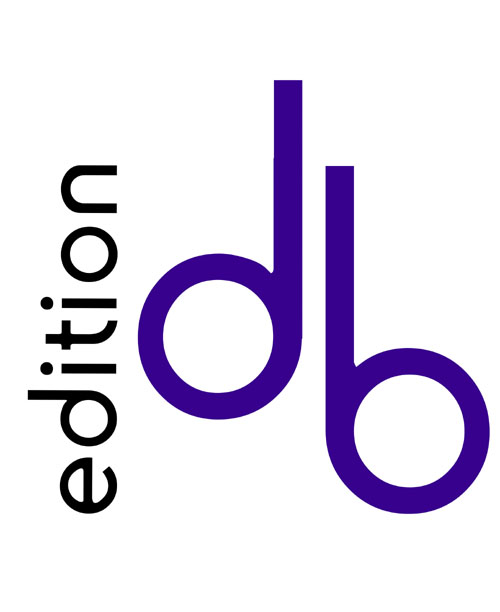
- 7 clarence grove
- horsforth
- leeds, LS18 4LA
- UK
- tel: 0113 258 1300
- order online
- order by fax
- www.editiondb.com
- 0113 258 2556
- info@editiondb.com
Review - Quartet for horn and strings Op.3, No.2 by Giovanni Punto
edb 0704003 Chamber Music series
Readers may vaguely recall a review of Punto’s Op.3, No.1 quartet of the same instrumentation, which appeared in the May 2007 issue of The Horn Call. This quartet, another from the same collection of six published around 1786, has many of the same attributes – a dominant, almost concerto-like horn part, perfunctory “development” sections, interesting contrasts between horn and strings, and so on. This piece has two movements instead of three, lacking a contrasting middle movement, so we go fast and then faster. Of particulat delight is the “development” section in the forst movement when he moves to concert E flat (horn key of B flat), which makes the handhorn technique involved much more “colorful” than the previous sections in F and C (horn keys of C and G, respectively). The last movement has a similar harmonic maneuver when it moves from concert C to concert A flat in its “development,” with some entertaining staccatos in the strings under sustained stopped notes in the horn. The opening liveliness of this movement is not carried all the way to the end, however, as the music gradually dies away with longer and longer notes and four full measures of rest for all instruments at the end. (Count it out sometime – iy’ll change your sense of balance in phrasing!).
Like Op.3, No.1, this quartet is a delightful alternative to longer, occasionally heavier works in the Classical style, one that I believe gives us a more realistic perspective on what people more likely played on a regular basis. Thank you, edition db, for another clean and wonderful edition.
Jeffrey Snedeker, The Horn Call, IHS, Vol XLI No.3, May 2011
_________________________________________________________________________________________________________________________________